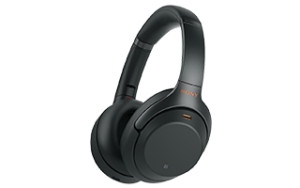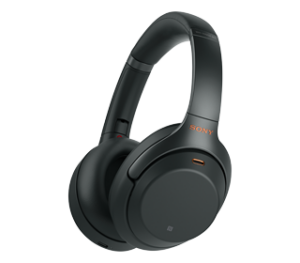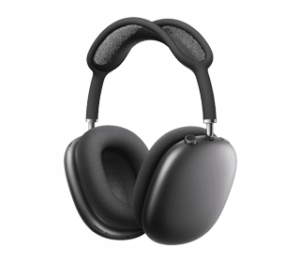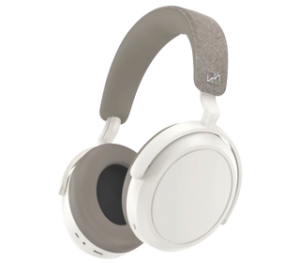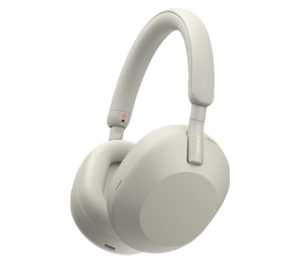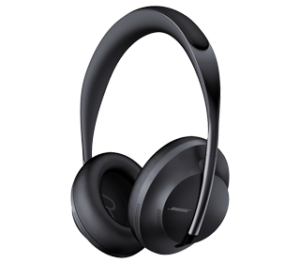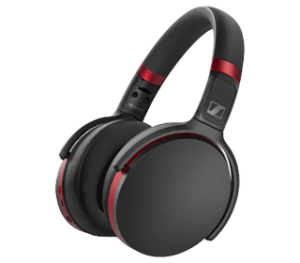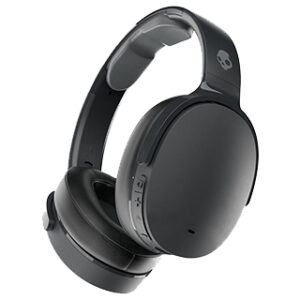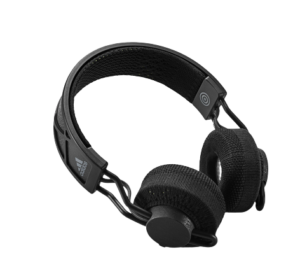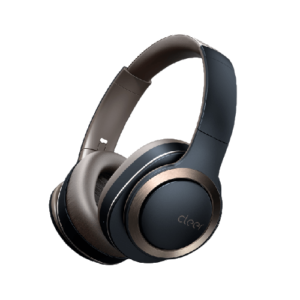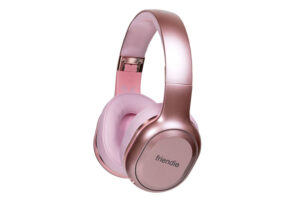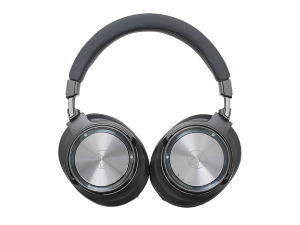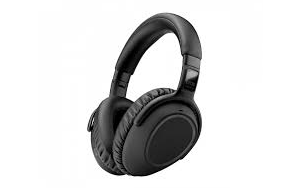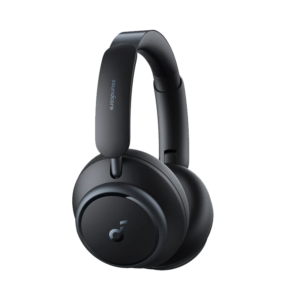Improving on the best is a tall order but Sony mostly nails it.
Sony WH-1000XM4 Wireless Headphones review
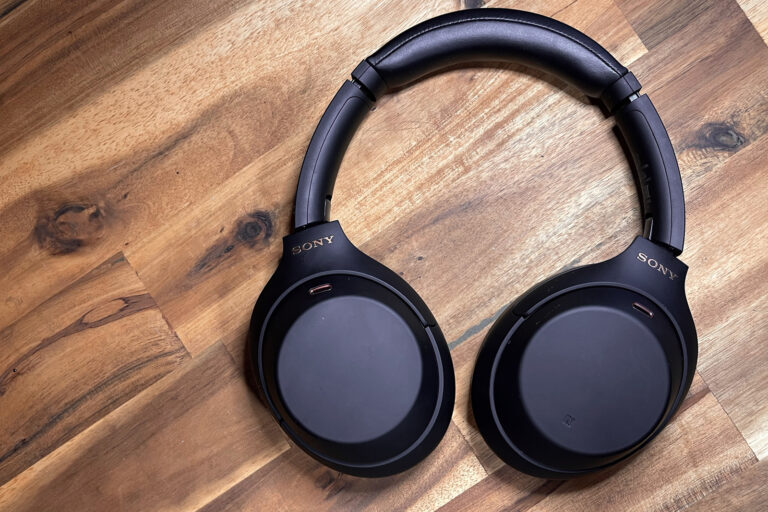
Improving on the best is a tough task and it's easy to screw up a winning formula (as proven by the Bose 700 noise-cancelling headphones). Every now and then, we get tech that outpaces the competition despite their best efforts to catch up, then the best gets an upgrade and laps the competition yet again. That’s genuinely the case with Sony WH-1000XM4s Noise Cancelling Wireless Headphones.
If you already own the XM3s, the upgrade won’t be worth it. Even if you are a first-time investor in a fancy set of noise-cancelling headphones, you might be better served saving money on the XM3s but at the end of the day, if you’re already forking out, you might as well go for the latest and greatest.
What do the Sony WH-1000XM4s cost in Australia?
The Sony SH-1000XM4 wireless noise-cancelling headphones retail at $395 but you can find them for around $385 at certain retailers if you know where to look. The last-generation XM3s retail for around $325 at most stores, but you can still find them selling for as high as $395. The $60 difference isn’t chump change, but if you’re choosing between the two and can afford to splash out a bit, we’d recommend going with the newer model.
Sony WH-1000XM4 Wireless Headphones pricing
Smarter, better noise cancellation
Just over two years ago, Sony released the phenomenal WH-1000XM3 headphones, swiping the noise-cancelling crown from Bose when it wasn’t looking. The release of the XM4s is Sony’s insurance measure, an incremental upgrade to a winning formula that cements its position at the top. The XM4’s improved noise-cancelling upgrade claims to process 700 ambient noise samples every second, relaying that information to the noise-cancelling mic in real-time and I’d believe it.
The premium noise-cancelling is perhaps best exemplified by the standup job it does of filtering out mid-range frequencies. Beside me I’ve got a pedestal fan humming along, in the room behind me, outside there’s a busy road, but the only thing that penetrates is the loud, consistent hammering from a tradie next door. Even then, the clatter that would typically drive me up the wall is muffled to the point that I can almost tune it out entirely.
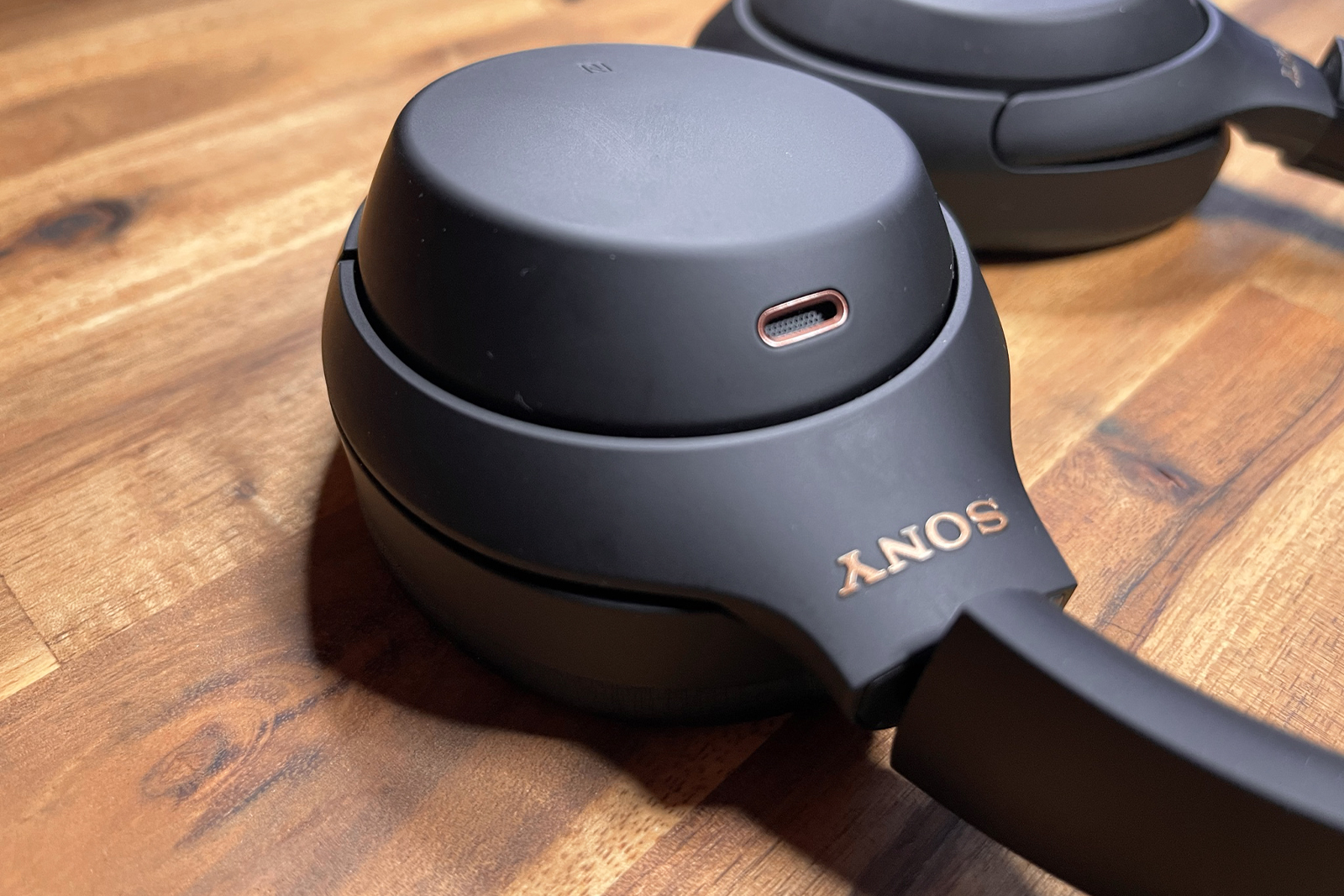
Crystal clear audio with a powerful bass boost
The XM4s and I both have something in common: we’re both all about that bass. On default settings, the bass shelf is already quite high here and if that’s your jam, you won’t need to tinker much in the Headphones app’s EQ settings. Still, there’s no denying that it’s quite aggressive and still pumps even on some of the app’s breezier EQ presets. Still, there are options in the app to drop the bass to the floor if you’re so inclined.
Otherwise, the XM4s deliver incredibly crisp detail across the board that’s elevated by the superior noise cancelling. Again, there’s nothing here that the XM3s didn’t offer, though, in my personal experience, the slight improvements to the noise-cancelling give the XM4s a little leg up when it comes to overall clarity.
Speak-to-Chat is a failed experiment
Come success or failure, I love a good gimmick. It’s the extra effort that I appreciate but Speak-to-Chat is one gimmick that will have you Googling how to switch it off almost immediately. The first time it failed for me, I was home alone belting out the lyrics to The Killers’ Read My Mind. The Speak-to-Chat function recognised my offbeat vocalising as talking and fair play, I wouldn’t necessarily call it singing either. Still, my groove came to a screaming halt as the XM4s waited patiently for me to finish my non-existent conversation. I left the feature on for a while longer but the next time it got hit, there was someone in my house having a conversation in the same room as me and the XM4 mic picked up their voice, pausing my music once again.
I toyed around with the sensitivity slider in the Sony Headphones app but failed to find a sweet spot that worked as intended.
That was the last straw for Speak-to-Chat, a feature that I would never intentionally use again.
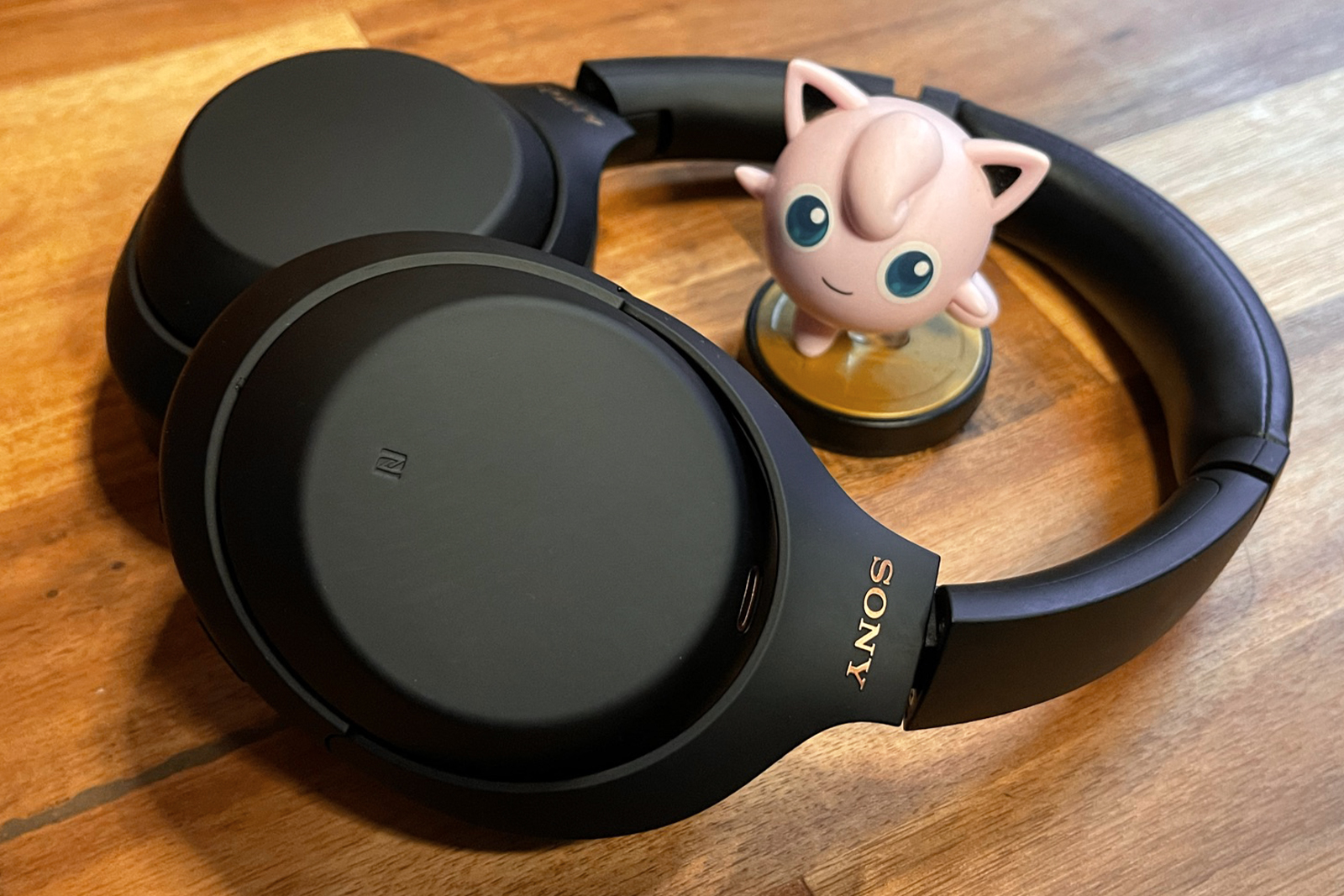
DSEE Extreme - kind of like 4K-upscaling for music
With the help of the Sony QN1 processor and Sony Edge AI, the XM4s are available to restore audio information that would otherwise be lost when listening to a lossy codec, like MP3. Considering most popular music streaming services still use MP3 files, that’s a pretty neat addition. When enabled, DSEE Extreme is set to ‘auto’, so it will only kick in when needed. I haven’t experienced any issues with having DSEE Extreme enabled all the time, personally, but the benefit of having it switched on can be pretty elusive. I’ve compared MP3 tracks with it switched on and off; it seems to artificially open the soundstage a fraction, but honestly, the benefits don’t warrant the upgrade.
All-day comfort, if a little tight
I can wear the XM4s all day without much of a problem, personally. Sure, they can get a little stuffy in these hotter months but show me a pair of over-ear headphones that don’t.
Sony says that it has upgraded the ear pads since the XM3, and I can’t quite tell if that’s a material, ergonomic upgrade, or both. The look and feel are almost indistinguishable but the XM4s do feel a little snugger, which aids the primo active noise cancelling. But they’re just tight enough and push against my ears a little. I only bring this up because I feel like anyone with larger ears might find them more uncomfortable than most.
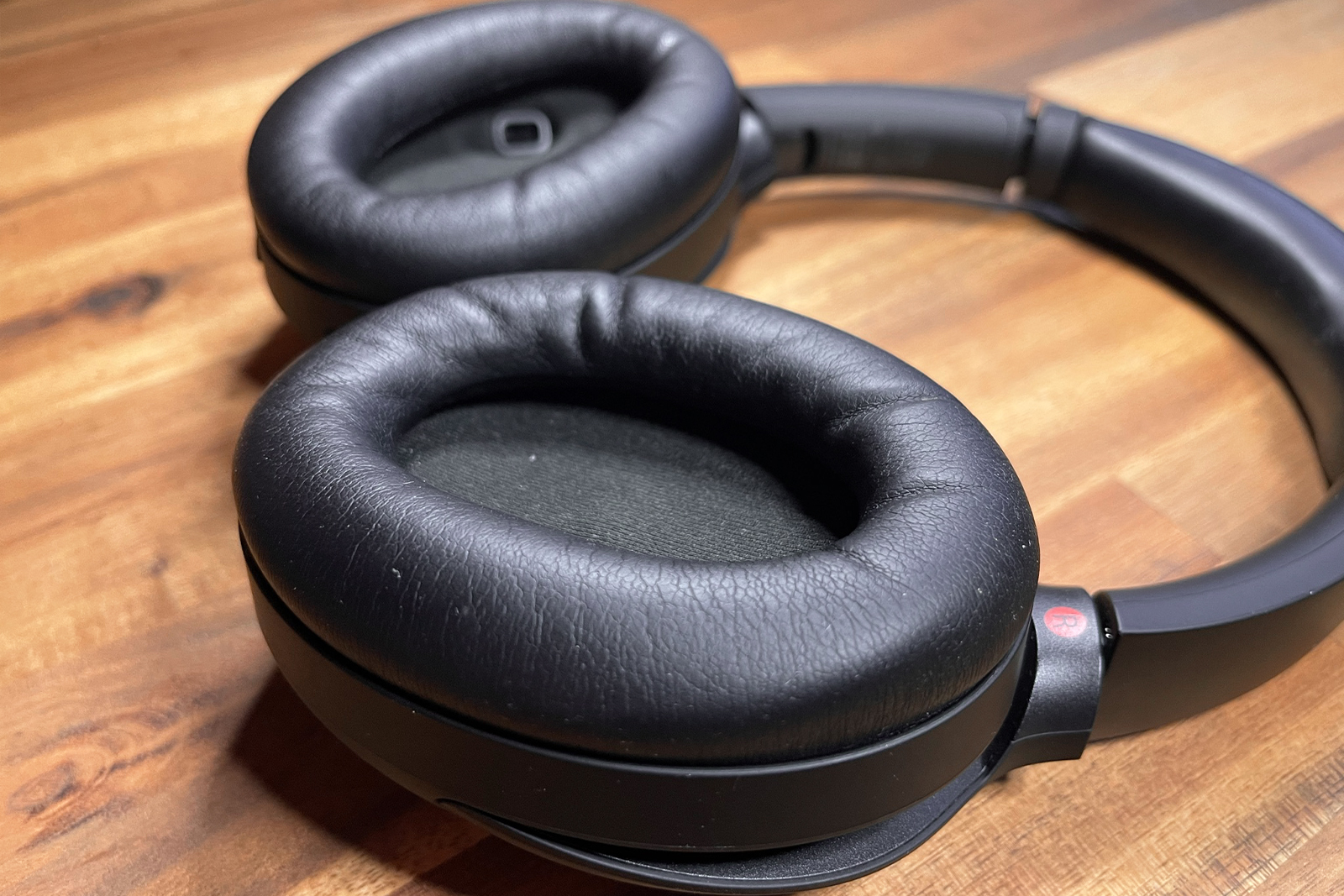
Multi-device Bluetooth is convenient at a cost
Depending on what Bluetooth technology your wireless headphones are packing, connection issues can be one of the biggest issues wireless headphone users face. For me, it’s a matter of constantly having to swap between my work laptop, my iPhone, and my home computer. That’s because older (and cheaper) wireless headphones only allow for one connected device at a time. If that’s a problem you run into often, you’ll be happy to hear the XM4s allow for multi-device pairing but you might also be slightly disappointed to hear it comes at a cost.
Enabling multi-device pairing immediately disables Sony’s own high-res codec LDAC. As far as music streaming goes, that will only impact Tidal users but I’ve found that other weird behaviour can often be traced back to the multi-device connection too. Now and then I’ll be mid-Zoom call and the audio quality will plummet out of nowhere. While I don’t know if multi-device pairing is the root of the cause, I do know that turning the feature off seems to rectify the issue.
Are the Sony WH-1000XM4 headphones worth it?
If you already own the Sony WH-1000XM3s, there aren't enough reasons to upgrade to the XM4s, and if you can find it them at a discounted price, the XM3s are still some of the best headphones on the market. However, if you're already spending upwards of $300 on a pair of headphones, you will only pay an extra $60 to $80 for the latest model. Personally, I'd pay that for the improved noise-cancelling and comfort alone.
Compare over-ear headphones
How we review over-ear headphones
When we review over-ear wireless headphones, there are five main considerations:
- Sound: Do they sound good? Audio quality is pretty important for headphones, after all.
- Comfort & Design: Are they comfortable to wear over extended periods of time?
- Features: How long does the battery last? Is the connectivity reliable? Is the noise-cancelling good?
- Vibe: What's the overall experience?
- Value: Are they good for the money?
While audio products can be quite subjective for many reasons, we have standardised testing procedures across the team designed to help us look at the category in a consistent way. You can read more about how we review over-ear headphones here.
Related Articles





